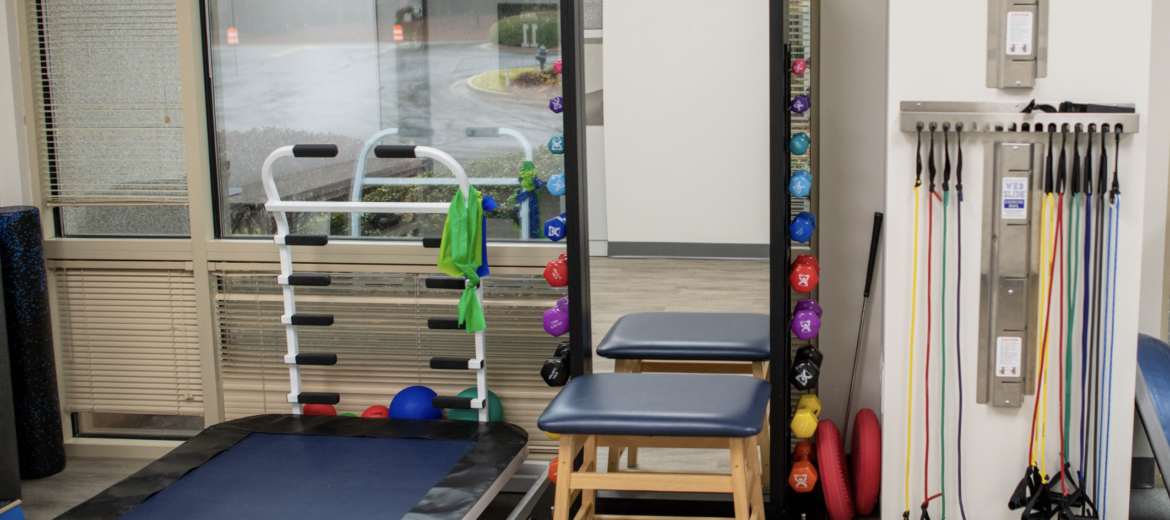An estimated 300,000 total hip replacements are performed each year in the United States, and that number is expected to nearly double by 2030. The most common reason is osteoarthritis, which can either be from age related changes, prior injury, obesity, or having a genetic component.
Hip replacements have become so routine that most patients will be up and walking the same days and discharged from the hospital ASAP. A home Physical Therapist will initiate rehab within a week and the patient will typically transition to a protocol-based outpatient program within weeks of the surgery.
Recent research by the American Academy of Orthopedic Surgeons has called into question the necessity for “rehab” as 6-month results for patients appear to be the same whether the patient participated in a traditional PT rehab program or not.
Some orthopedic surgeons have taken this research even further and created home therapy apps so that patients can complete their rehab at their convenience at home.
While this may seem like a safe and cost effective way to rehabilitate your hip following surgery, it may not be the best strategy for everyone.
The inherent weakness in the study mentioned above was that they did not qualify what type of care was being provided. Was the PT protocol-based, only overseen by a Physical Therapist, and in a setting where multiple patients were treated at once? Or was some “skilled” one on one rehabilitation being performed?
Unfortunately, when describing “Physical Therapy” or “Rehabilitation” not enough emphasis is put on the type of therapy that is being performed. Physical Therapy comes in many different forms and is not generic.
Typical post-op PT in a corporate outpatient setting is protocol based and may be just exercises supervised by techs and assistants. This “Traditional Physical Therapy” does not require much skill, is time and cost expensive, and probably is just as easily performed at home or on an app.
Meanwhile, “Skilled Physical Therapy,” generally is in a one on one setting where your Physical Therapist has significantly more time with you to analyze your deficits to provide a more tailored program based on your individual needs. Here your PT may Dry needle any trigger points that have developed. For muscle patterning problems, Redcord may help muscular imbalances that arise post surgical. For strength problems, Blood Flow Restriction (BFR) can be used to quickly build muscle.
There is significantly more training and skill that goes into delivering this type of rehabilitation vs. traditional PT.
So when deciding to have hip replacement surgery, make sure to weigh what your goals are post surgical. If you are looking to speed up your recovery, return to a specific activity or sport, and/or be supervised by a trained professional that can guide you through the post surgical process, you may want to consider “Skilled Physical Therapy” in the office vs. just a home exercise program or app guided PT.
Authored by David Mesnick, PT, OCS, cMDT


